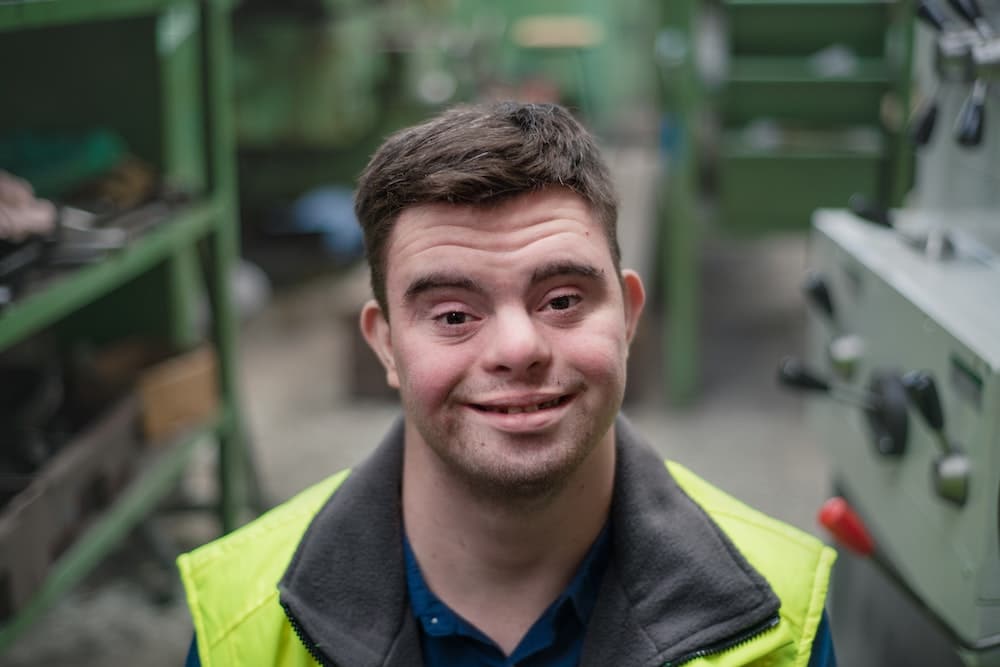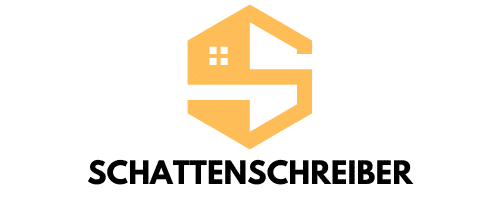What are the best practices for integrating renewable energy systems in urban real estate projects for sustainability?

In this ever-evolving world, the integration of renewable energy systems into urban real estate projects has become increasingly vital. Renewable energy is an inexhaustible resource that provides a multitude of benefits, such as cutting energy costs and reducing carbon footprints. This article will delve into the best practices for incorporating these systems into urban real estate projects, while keeping sustainability at the forefront.
Identifying Suitable Renewable Energy Systems
Before initiating the integration process, it’s essential to identify the most suitable renewable energy systems for the project. The choice of system largely depends on the project’s location, its environmental attributes, and the local climatic conditions.
Also to see : What strategies can be used to mitigate the impact of real estate developments on local wildlife and ecosystems?
There are several options available, including but not limited to solar photovoltaic (PV) panels, wind turbines, and geothermal energy systems. Solar PV panels are ideal for areas with a lot of sunlight, while wind turbines work best in areas with constant wind flow. Geothermal systems, on the other hand, are effective in regions with high tectonic activity.
Choosing the right system is also contingent on the structure and design of the building. For instance, if the roof area is substantial, solar panels can be an excellent choice. On the contrary, if the building is located in a windy area and has sufficient open space around it, wind turbines could be more suitable.
In the same genre : How to design real estate projects that optimize indoor air quality and natural light for occupant well-being?
Implementing the Chosen Renewable Energy Systems
After identifying the appropriate renewable energy systems, the next step is implementation. This involves careful planning and execution to ensure the system is correctly installed and functions efficiently.
An important aspect of implementation is conducting a detailed site assessment. This involves evaluating the site’s energy demand, potential energy production, and any possible challenges that may arise during installation.
The assessment should also consider any regulatory requirements or local laws that might affect the installation. For instance, some cities have strict guidelines regarding the installation of wind turbines or solar panels. Compliance with these regulations is vital to avoid legal problems down the line.
Once the site assessment is complete, the system can be installed. It’s crucial to involve professionals in this process to ensure the system is installed correctly and safely.
Optimizing Energy Efficiency
A critical part of integrating renewable energy systems in urban real estate projects involves optimizing energy efficiency. This means ensuring that the building uses the least amount of energy possible while still providing a comfortable living or working environment.
Energy efficiency can be achieved through several strategies. One of these strategies is the use of energy-efficient appliances and fixtures. These devices use less electricity, thus reducing the overall energy demand of the building.
Another strategy involves the effective use of natural resources. This could involve maximizing natural light to reduce the need for artificial lighting during the day or using natural ventilation to reduce dependence on air conditioners.
Insulation is another key aspect of energy efficiency. A well-insulated building will require less energy for heating or cooling, thus reducing the overall energy demand.
Maintaining the Renewable Energy Systems
Once the renewable energy systems have been installed and are operational, regular maintenance is essential. Maintaining the system ensures its longevity and efficiency.
The type of maintenance required varies depending on the system. For instance, solar panels need regular cleaning to remove any dirt or debris that might affect their efficiency. Wind turbines, on the other hand, might need occasional servicing to ensure their mechanical parts are in good working condition.
It’s also recommended to monitor the system’s performance regularly. This can help identify any issues early on, allowing for timely repairs and preventing any major breakdowns.
Promoting Sustainability and Community Engagement
Finally, it’s important to promote sustainability and community engagement in the entire process. This involves educating the community about the benefits of renewable energy and encouraging their participation in energy-saving practices.
Communication is crucial in this process. The project’s stakeholders should clearly communicate the benefits of renewable energy and the specific systems being used. This can help dispel any misconceptions and encourage more people to support and adopt renewable energy.
Community involvement in decision-making can also promote acceptance and support for the project. This might involve including community members in the planning and implementation stages or seeking their input on key decisions.
Integrating renewable energy systems into urban real estate projects is a complex process that requires careful planning, effective implementation, and regular maintenance. It also requires a willingness to promote sustainability and engage with the community. However, with the right approach, it can lead to significant energy savings, contribute to environmental sustainability, and create a healthier, greener urban environment.
Integrating Smart Grid Technologies for Efficient Energy Consumption
Implementing smart grid technologies is a prudent step in integrating renewable energy systems into urban real estate projects. A smart grid is an electricity network that uses digital technology to monitor and manage the production and consumption of electricity.
In the context of a building, a smart grid can help to manage energy consumption more efficiently. For instance, it can automatically adjust the use of appliances during peak hours or when renewable energy production is low. It’s also capable of redirecting excess energy back to the grid, reducing waste and potentially earning revenue for the building owner.
The integration of smart grid technologies requires careful planning and technical expertise. It may involve the installation of smart meters, energy management systems, and other advanced equipment. The system should also be compatible with the chosen renewable energy sources, such as solar power or wind turbines.
Moreover, privacy and security are key considerations in smart grid implementation. Information communicated over the smart grid can be sensitive, and appropriate measures should be taken to protect this data. This could involve encrypting communications or limiting access to certain information.
Creating Green Infrastructure for Sustainable Urban Planning
Green infrastructure plays a pivotal role when integrating renewable energy systems into urban real estate projects. Essentially, green infrastructure refers to an interconnected network of green spaces that provide a range of environmental, social, and economic benefits.
In the context of an urban building project, green infrastructure could involve features like green roofs and walls, urban forests, and rain gardens. These features can enhance energy efficiency by naturally cooling the building, reducing energy consumption for air conditioning. They also provide habitats for wildlife, improve air and water quality, and contribute to the well-being of the residents.
Green infrastructure can also support renewable energy systems. For instance, green roofs can host solar panels, while urban forests can serve as windbreaks, enhancing the efficiency of wind turbines.
It’s important to note that creating green infrastructure requires thoughtful design and planning. The features should be designed to fit the local climate and ecosystem, and they should be properly maintained to ensure their long-term effectiveness and health.
Conclusion: The Future of Renewable Energy Integration
In conclusion, integrating renewable energy systems into urban real estate projects is not just a trend, but a necessity in the face of climate change. As our understanding of renewable energy technologies continues to evolve, so will our approach to integrating these systems. The key takeaway is that successful integration depends on careful planning, choosing the right technologies, and engaging the community.
The future of urban planning lies in sustainable practices that reduce greenhouse gas emissions and promote green infrastructure. Therefore, energy integration will continue to be a significant part of urban real estate projects in the long term. It’s a journey towards creating more efficient buildings and a more sustainable urban environment.
We are standing at the threshold of a new era. An era where renewable energy is not just a choice but a necessity. Let’s make the most of this opportunity and work towards creating greener, more sustainable cities for future generations.
